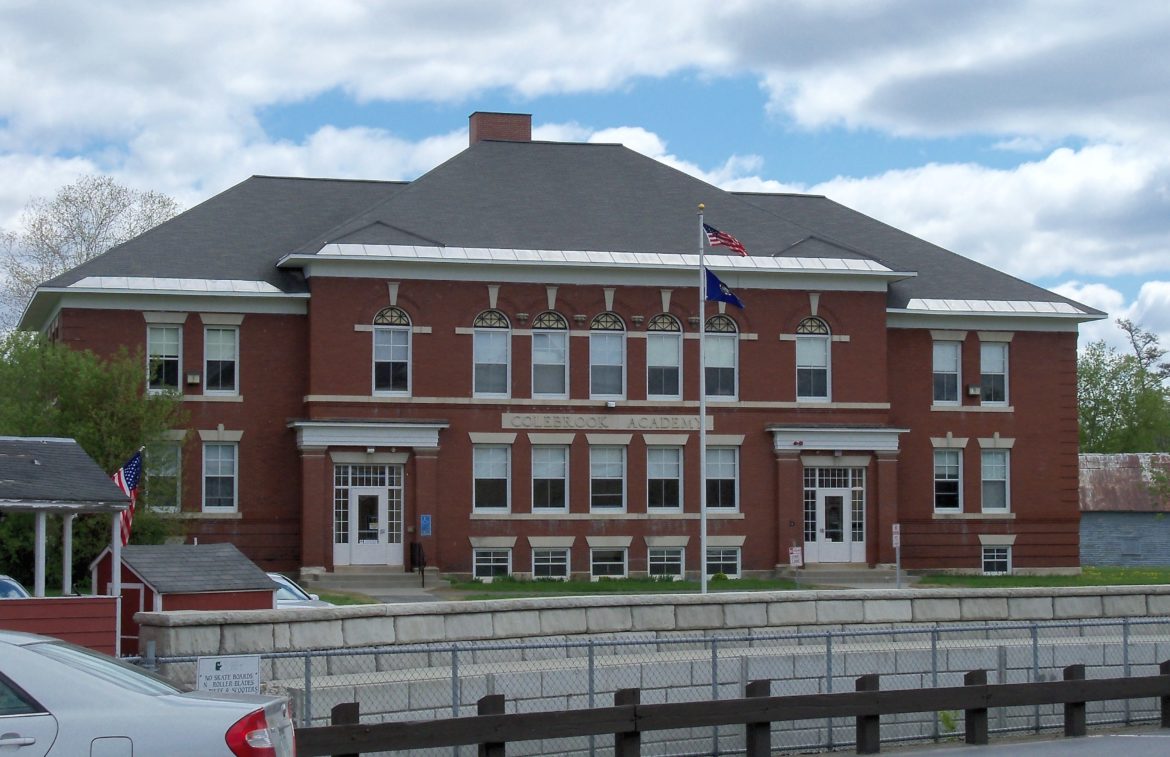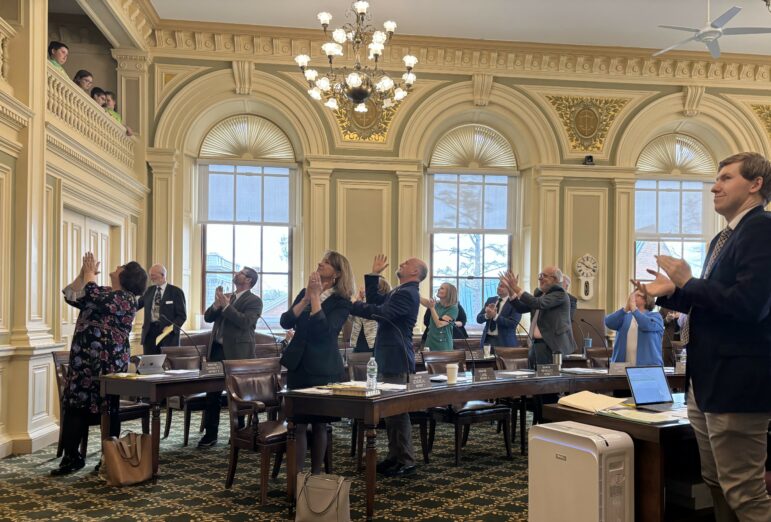By GARRY RAYNO,
InDepthNH.org
CONCORD — Nearly 30 years ago Claremont, Allenstown, Pittsfield, Franklin and Lisbon sued the state claiming how the public education system was funded was unconstitutional.
Two landmark state Supreme Court decisions followed in 1993 and 1997 upending the state’s education system.
However, a study released Tuesday by the New Hampshire Center for Public Policy Studies, “Education Finance in New Hampshire Heading to a Rural Crisis,” shows despite nearly three decades of continued litigation and legislative action, the gap between what property rich and poor towns spend per pupil and their property tax rates has closed little.
“Have the fundamental goals of the original 1997 Claremont education lawsuit been met?” asks the authors of the study, center executive director Steve Norton and economist Greg Bird. “The short answer is, it doesn’t appear so. There is still wide variation in local tax rates as well as per pupil expenditures, a leveling of which was at the heart of the Claremont lawsuit.”
In fact the study notes, recent changes to the education funding formula will further widen the gap and raise property taxes more than 10 percent for rural, property-poor school districts in the next five years: a far cry from what plaintiffs believed they had achieved with the two landmark state Supreme Court decisions in 1993 and 1997.
The recent change would gradually do away with stabilization grants that held communities harmless when the formula was overhauled in 2011 to stabilize state aid to schools into the future.
The authors say the change will significantly reduce state aid to rural, property-poor communities losing school enrollment and facing economic transitions.
“Colebrook, Hinsdale, Greenville, Lancaster, Berlin, Northumberland, and Newport are likely to see a reduction of more than 10 percent in the aid they receive from the state between 2017 and 2022,” according to the study. “Assuming nothing else changes, this means that these communities will have to increase their tax rates by as much as 10 percent—even before allowing for cost increases in other areas.”
That raises the question of the state’s role in helping rural communities transition to a new education model of smaller schools, consolidated districts and new learning models, the authors say.
The state’s role to date, has been a series of starts and stops and not a more level playing field for students and taxpayers the five Claremont communities envisioned.
Claremont History
In the late 1980s, the five communities asserted their high property taxes made it impossible to give children in their schools the same educational opportunities as communities with lower property taxes.
While the five communities lost their case in superior court, the state Supreme Court made two landmark rulings.
One ruling said every child has a constitutional right to an adequate education and the state has to pay for it, and the second said the state’s funding system depending on property taxes with widely varying rates was unconstitutional.
Since that time, lawmakers have approved various definitions, laws and funding schemes to address the two decisions that essentially called for greater state contributions and a floor no school district should fall below.
The most recent change stems from a Dover suit that claims the enrollment growth cap on state aid from year to year violates the constitution and has denied the city millions of dollars in state aid it legally deserved.
Much of the education funding formula is based on the average daily attendance with additional money for low-income, special education and non-English speaking students.
However, most school enrollments are declining while districts have been receiving the same stabilization grants as 2012.
Communities like Dover, Bedford, Windham, Grantham, Exeter and Greenland with growing student enrollments did not receive all the per-pupil aid they were entitled because of the growth cap.
Lawmakers eliminated the cap in 2015 and set in motion the gradual elimination of the stabilization grants.
The result has been a reduction in state aid for smaller, property-poor, rural school districts losing enrollment, but with economic challenges, the report says.
Property rich communities, many that do not receive stabilization grants, with increasing student enrollments will see a substantial increase in state aid over the next five years from the changes according to the study.
Over the next five years, state aid will decline by almost 6 percent with 96 communities seeing an increase, 104 a decrease and 36 would not change, mostly district that do not receive state adequacy aid, according to the study.
“In terms of characteristics that separate the ‘winners’ versus the ‘losers,’ the ‘winners’ tend to be communities with larger student populations, have experienced smaller declines in student enrollment (or seen increases, a rarity), are less reliant (if at all) on stabilization grants, and have lower concentrations of children in poverty,” the author writes.
If the system were to continue unchanged, the authors, say, the school districts least able to “make up the difference” will be the ones that will see their start aid decrease.
Garry Rayno can be reached at garry.rayno@yahoo.com
For more information about InDepthNH.org, which is published online by the New Hampshire Center for Public Interest Journalism, contact Nancy West at nancywestnews@gmail.com or call 603-738-5635





